
Preface
I am going to articulate my ideas about my philosophy of history and Kufi scripture. because I also wish to present my Kufi calligraphy compositions collectively; so that they may be preserved and registered in a book format. When I was a history student at Istanbul University, I had the privilige of private training by many famous masters of classical ottoman arts including famous Turkish calligraphers, Prof.Dr.Suheyl Unver, Hamid Aytac, Kemal Batanay, M. Recep Berk and. In time, I have been recognized as a Kufi calligrapher, professionally accepting orders and composing Kufi calligraphy since 1970. My first design, “Nokta-i Suğra,” was published on the cover of a book, Peyami Safa’s Sanat, Edebiyat Tenkit, Ötüken Publishing, Istanbul, 1970.
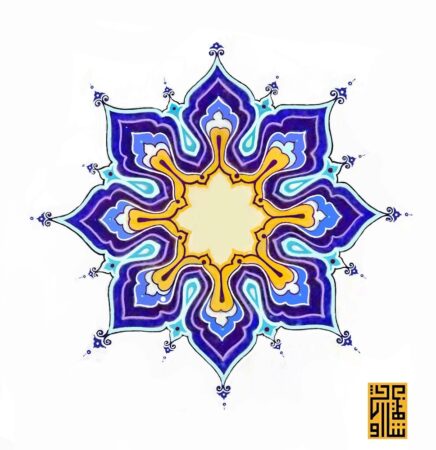
This Nokta design is cited and published in the article “Nokta-i Suğrâ” in the Encyclopedia of Literature (Edebiyat Ansiklopedisi), published by Dergah.yy, İstanbul, 1991. While working as a high school teacher, in 1973, I created this Kufi composition featuring the names of Allah, Muhammad, and the four caliphs for a book cover (Hadislerle Müslümanlık)
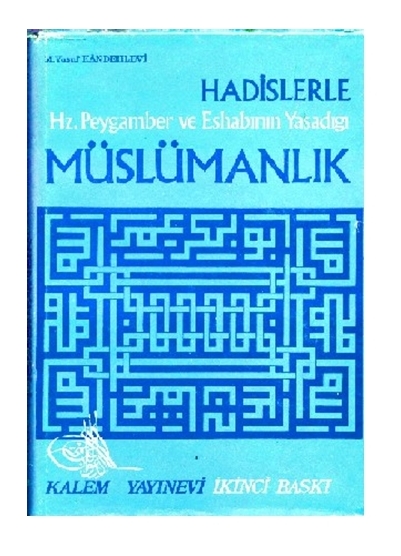
and my Kufi Besmele designed in 1974, because of a special order by Aydın Bolak.
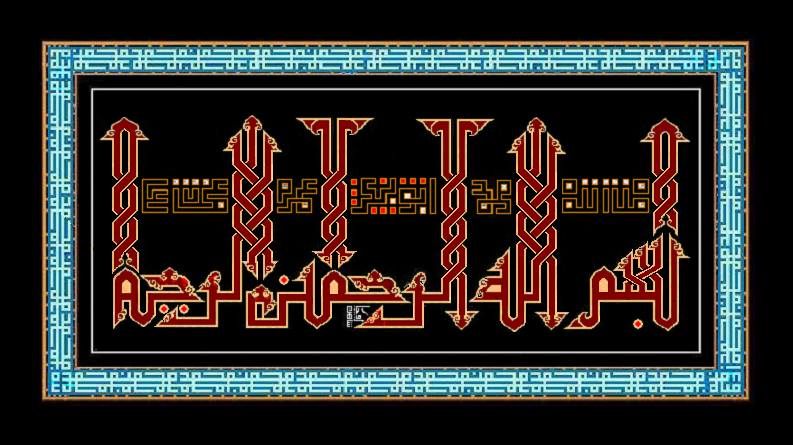
It was because of this Besmele design, which was discovered by chance in Enderun Sahafiye by Prof. Dr. Kaya Bilgegil, that I was appointed as a calligraphy artist and specialist in paleography and epigraphy. Thus, my university career because of my calligraphy in the Department of Turkish Literature in 1976, and just one year later, I was employed in the History Department of Atatürk University.
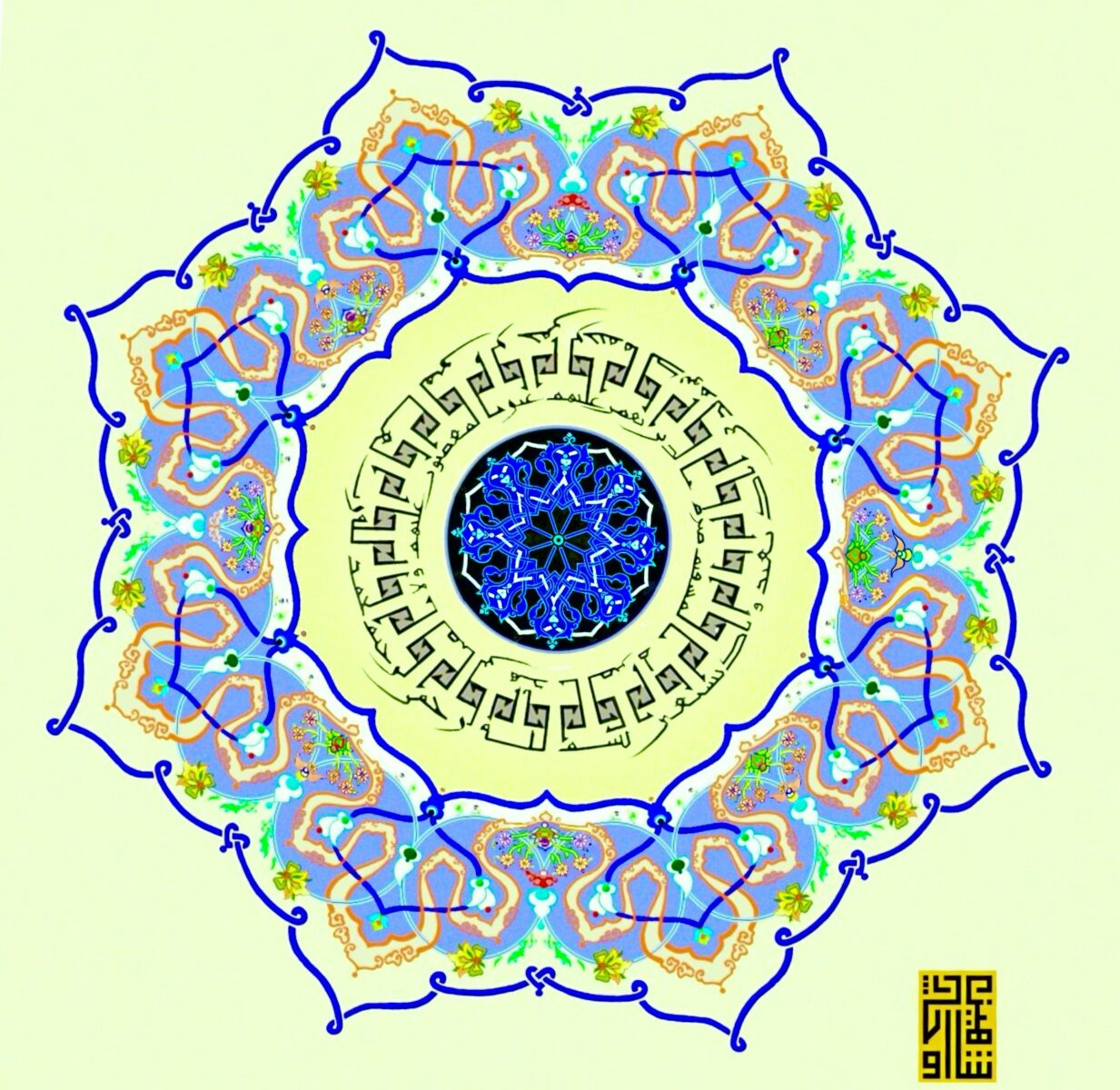
In those old days of Erzurum that have long since passed and been forgotten, I had also composed my Fatiha Design in 1977.
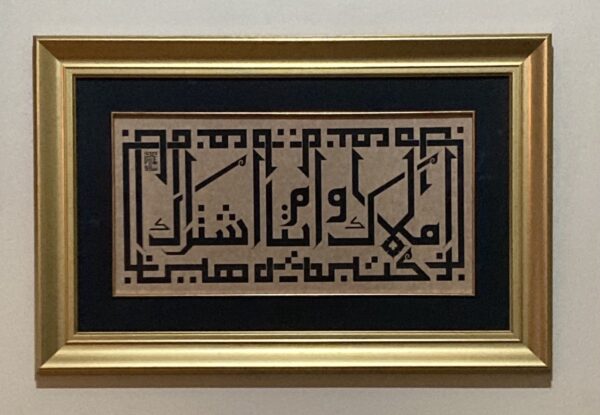
In April 2024, a request inspired me to create this Kufi composition, which in turn prompted me to revisit and revise some of my earlier Kufi sketches.
Indeed, Kufi calligraphy has been used primarily for writing the Qur’an for centuries, yet it is found everywhere—from buildings to instruments and even on clothing. Calligraphic writing has been the most formative element of Islamic culture, so much so that it is the most distinctive and visible aspect of Islamic civilization. From the 7th to the 11th century, for six centuries, Kufic calligraphy was the most prominent feature of the cultural identity of the Muslim world, manifesting itself as a civilization of Kufi script. Consequently, Quranic verses were visible everywhere—from architecture to tiraz garments. The word of God, seemingly embodied by Kufic calligraphy—as if, it was the incarnation of the sacred Kelam (akin to Heraclitus’s ‘Logos’ concept, or the incarnation of the word of God in flesh by Jesus)—it was represented by the solemn character of the Kufi script of the Qur’an. It permeated every aspect of Islamic culture, everywhere. This brings to mind a verse from the Qur’an: “Ve lillâhi’l-maşrıku ve’l-mağrib. Fe’eynemâ tuvellû fe-semme vechullah”: “To God belong the East and the West; whithersoever you turn, there is the Face of God…”
